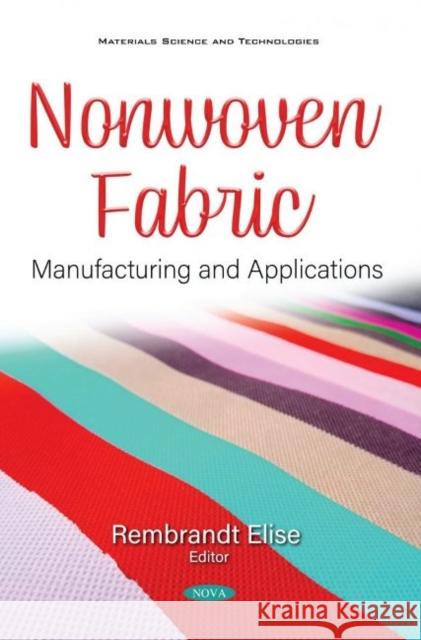Nonwoven Fabric: Manufacturing and Applications » książka
Nonwoven Fabric: Manufacturing and Applications
ISBN-13: 9781536175875
Nonwoven industry plays an important role in economy and society. Nonwoven Fabric: Manufacturing and Applications addresses important data on both natural and synthetic fibres that are used in the industry to develop products for different purposes. Though synthetic fibres are extensively used in the nonwoven industry for the manufacture of various products, natural fibres are steadily occupying the market due to some of their obvious merits. In this respect, a review of the various manufacturing techniques for nonwoven fabric derived from natural fibres such as cotton, jute, flax and hemp is given in this book. Next, the authors assess the structure, property, evaluation and applications of jute and jute blended needle-punched nonwoven fabric, in an effort to aid those who work with natural lingo-cellulosic fibre-based needle punched nonwovens. In addition, flax/low melting point polyester needle punched nonwoven fabrics were manufactured and characterized for thermal insulation applications. The test results show a decrease in thermal resistance value with an increase in low melt PET % and needle penetration depth. Six types of recycled nonwovens samples were developed using thermal bonding and aero dynamic methods, and these samples are characterized by their physical properties such as areal density, bulk density, thickness, porosity, air permeability and thermal resistance. The authors assess the way in which the increased use of fire retardant materials in industries has put considerable pressure on the scientific community to develop new polymer materials, chemicals, and fiber combinations for such applications. This compilation concludes with an overview of the history, common raw materials, manufacturing processes, properties, functions and applications of nonwoven geotextiles. The potential use of recycled nonwoven geotextiles towards a more sustainable construction is also discussed.











